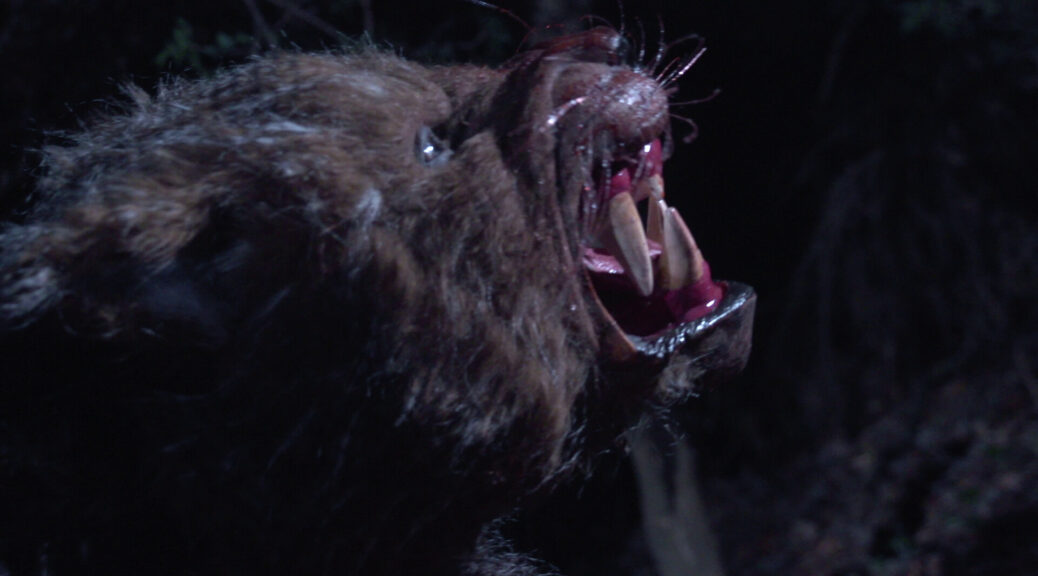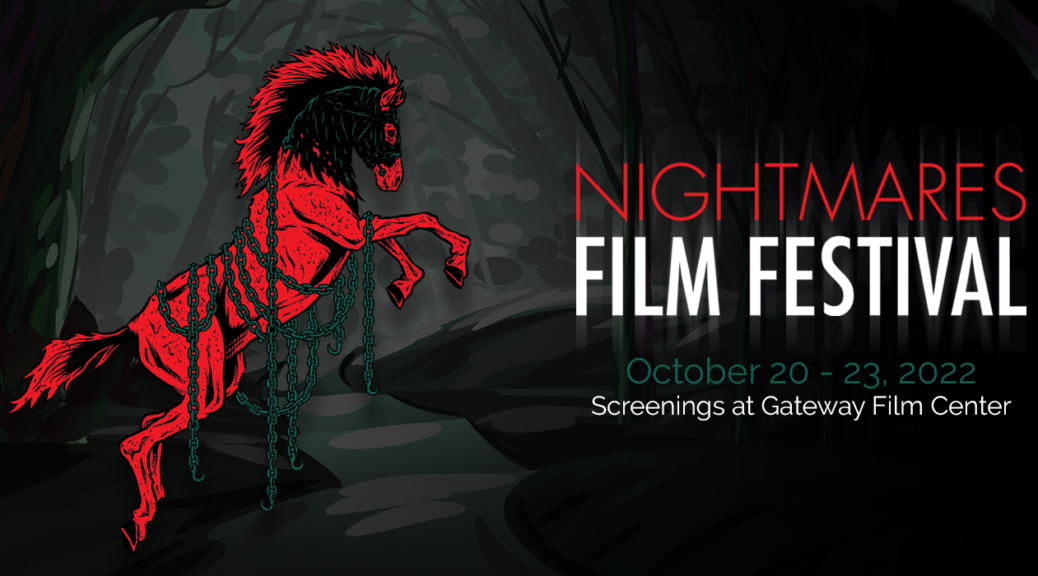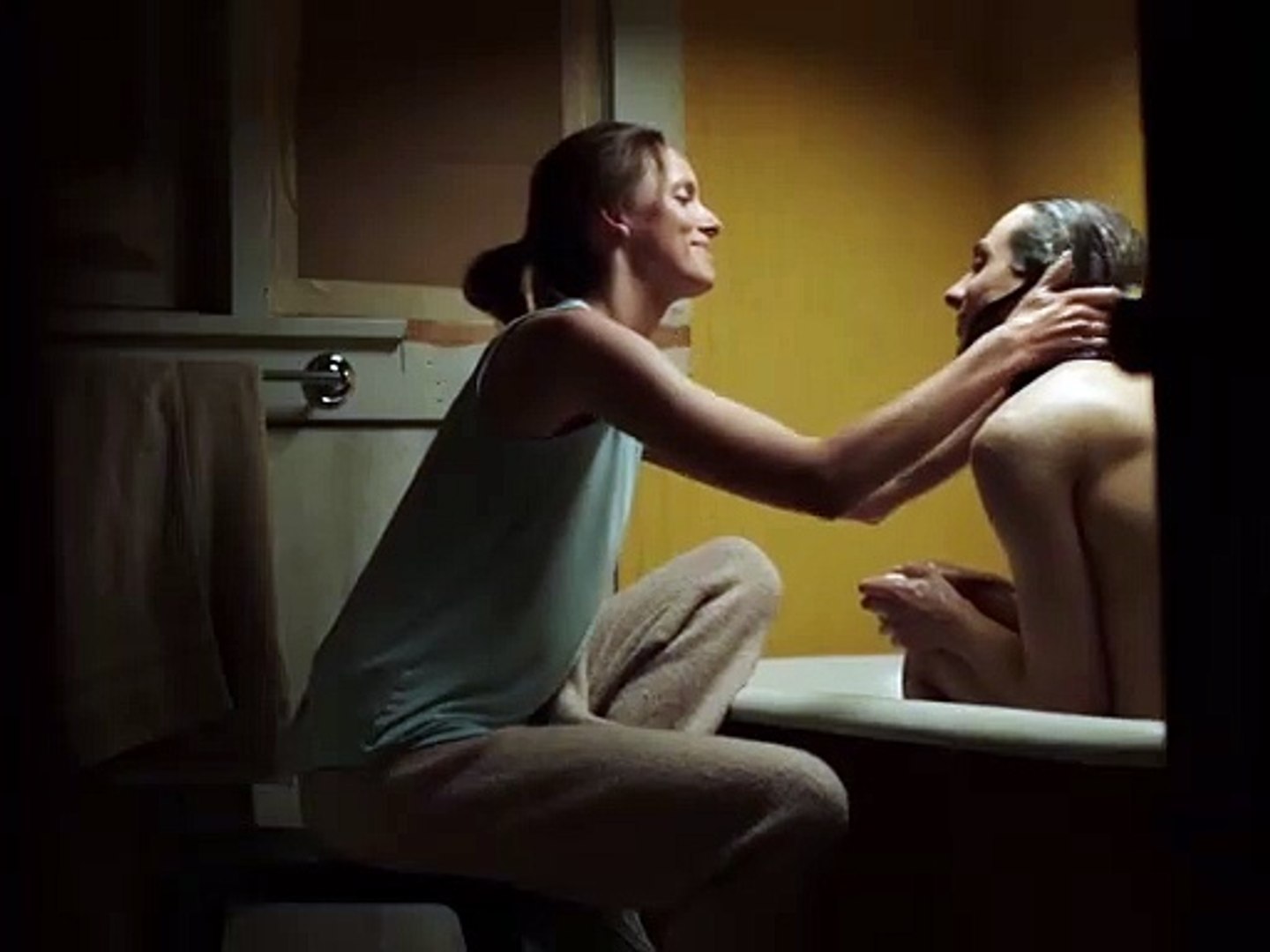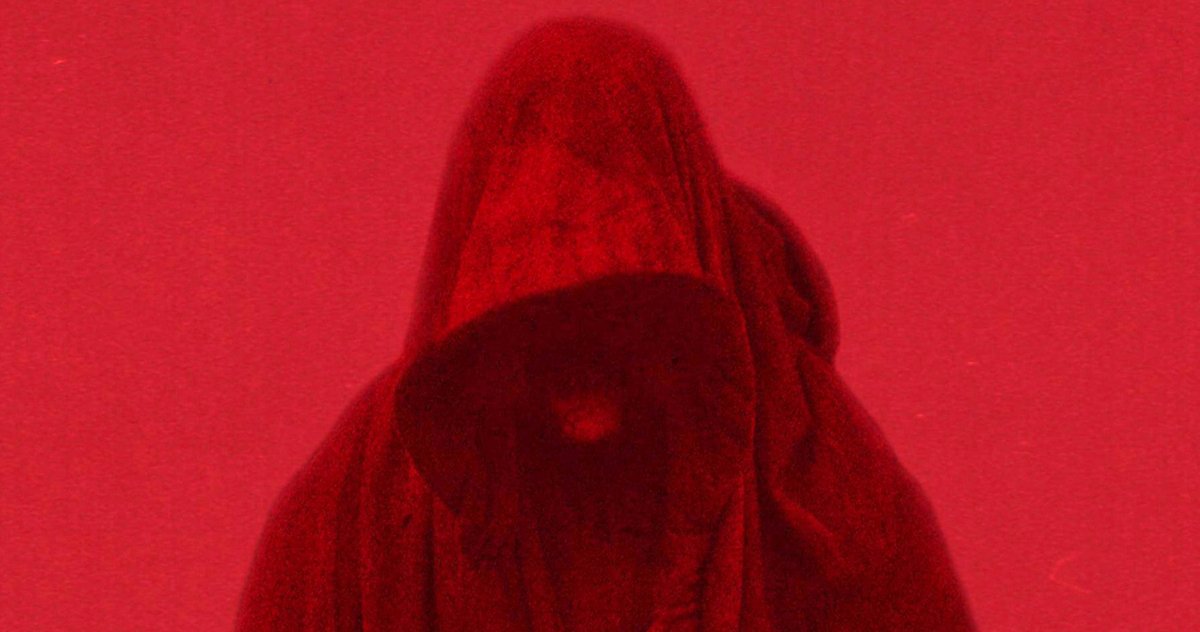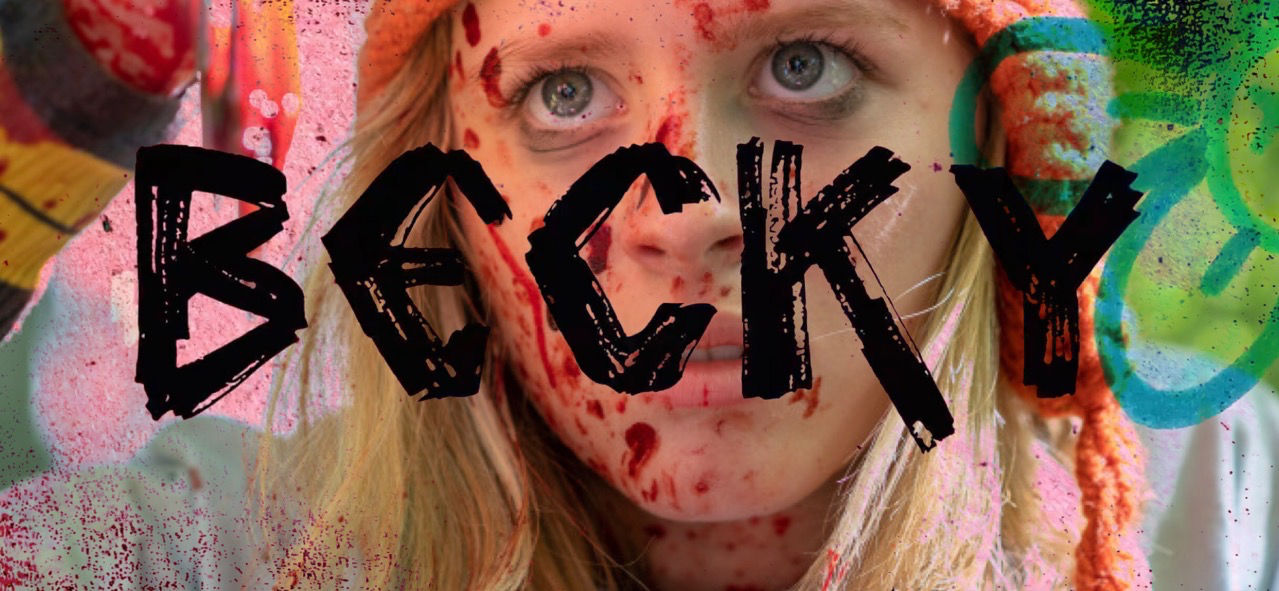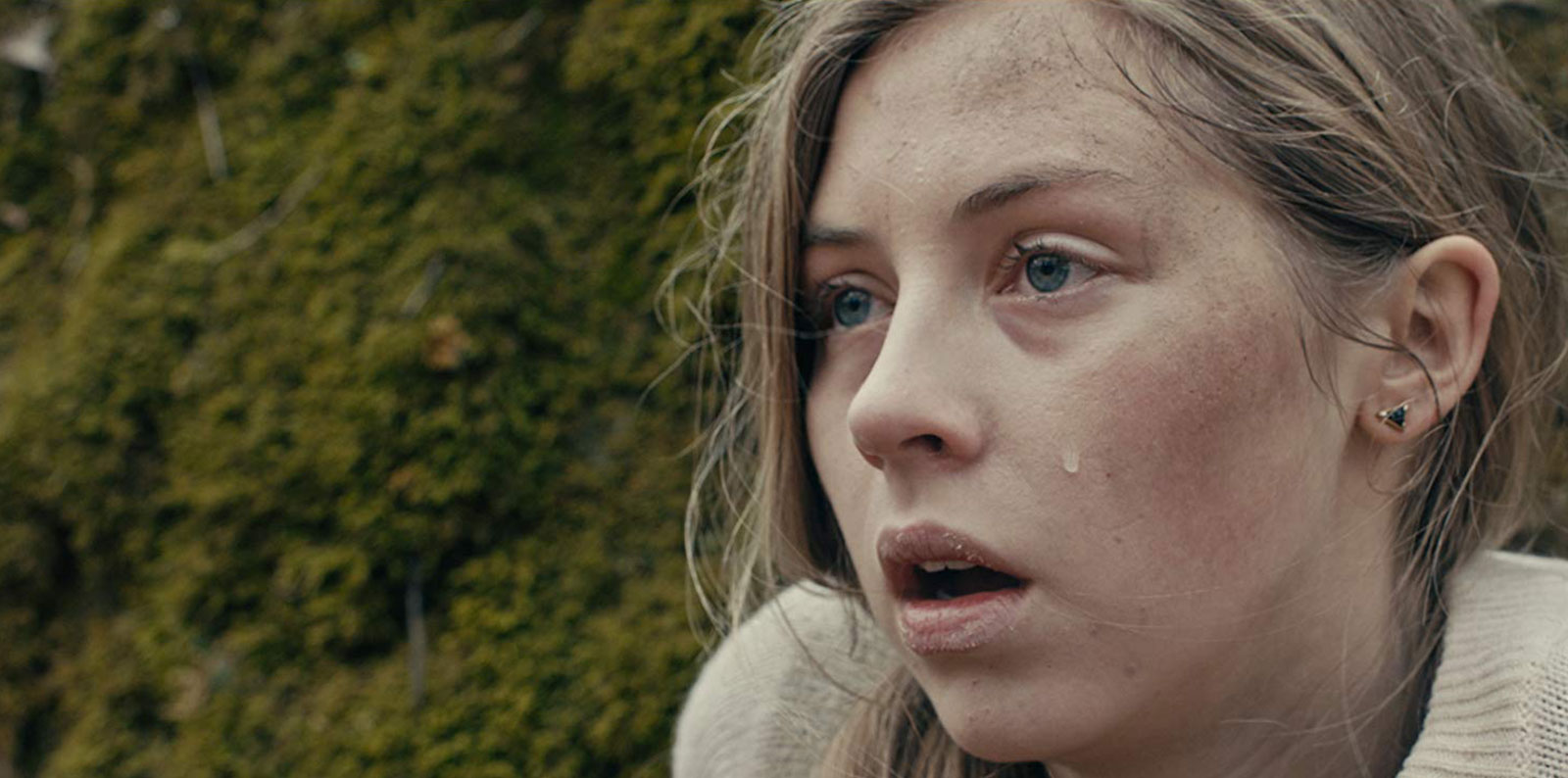by Rachel Willis
In the anthology horror film Cryptids, horror veteran Joe Bob Briggs plays radio show host Major Harlan Dean. Dean hosts the call-in show, The Truth Serum. With that kind of name, you might suspect a show dedicated to all manner of conspiracy-style neuroticism. However, in the episode we’re privy to, Dean’s focus is cryptozoology – he wants callers to recount their encounters with cryptid creatures.
By setting up the framing story this way, each call into the radio show becomes its own entry. As with any anthology horror, some of the shorts are better than others. In this case, all deal with creepy creatures – some familiar beasties, like chupacabras, and others that are unique to this movie.
The first segment is a bit of a stretch for its inclusion in a film about cryptids since the creatures in question are technically human. However, they’re creepy and unnerving enough that you probably won’t mind their presence. The first short is also a nice warm up for what’s to come. It’s not the best of the bunch, but it’s fun and just a little creepy.
Since each mini movie has only so much time to work with, every short opens with a call into Dean’s show before jumping right to the heart of the matter – the monsters.
The movie’s best aspect is the creature effects. Each creature has its own unnerving features, and each is unique, though some resemble monsters you may have seen before. Little creatures that hatch from a giant egg were my personal favorite beasties as they were both creepy and adorable (something only a mother could love?).
There is always a certain amount of enjoyment that comes with anthology horror since you’re not always sure what will come next. While in this case, it’s clear to be some kind of creature, what they are and what they do is where the fun comes in. Some of the creature antics are gruesome, leaving no shortage of gore and carnage in many of the segments. While the writing can sometimes leave a little to be desired, the film’s overall effect is entertaining. If you like creature features, each of Cryptids little creature slices is enjoyably nasty.
